I also come from an architectural design background. When studying this system, I might evaluate the quality of a design work from aspects such as aesthetics and functionality. However, regardless of how complicated the preliminary and intermediate argumentation process is, the ultimate standard for judging whether a design work is excellent or not must be whether it is user-friendly.
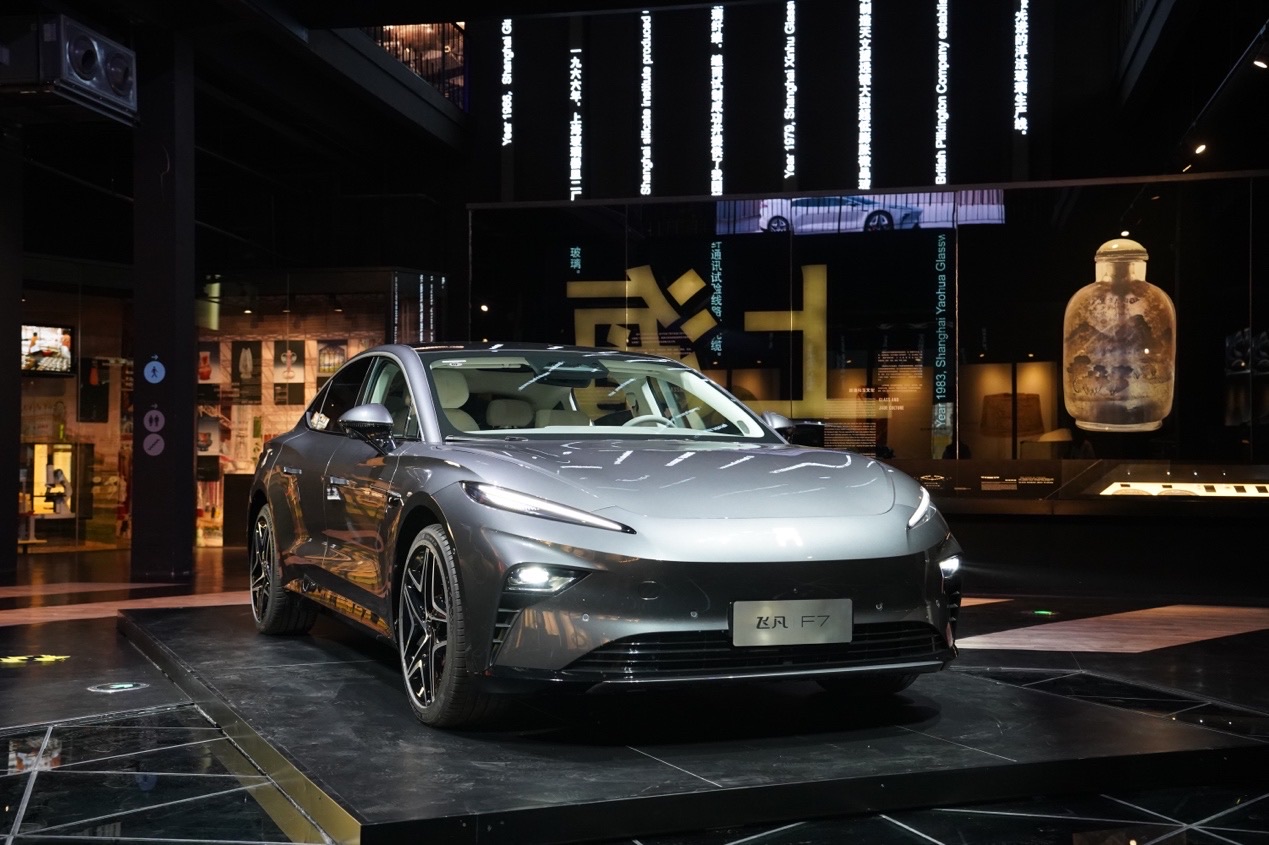
The same applies to car cabin design. Nowadays, domestic car companies have no shortage of excellent design concepts, such as the simple yet exquisite material selection of the living room concept created by NIO ET7, and the well-defined functional partition of the all-in-one three-screen surround cabin of FEIFAN F7. Interestingly, I happened to have the opportunity to face both cars at the same time. This time, as a spectator, I visited the “Bach Cabin” themed event of FEIFAN F7 held at the Shanghai Glass Museum. After experiencing these two new energy electric vehicles with the same positioning in detail, I had a lot of thoughts…
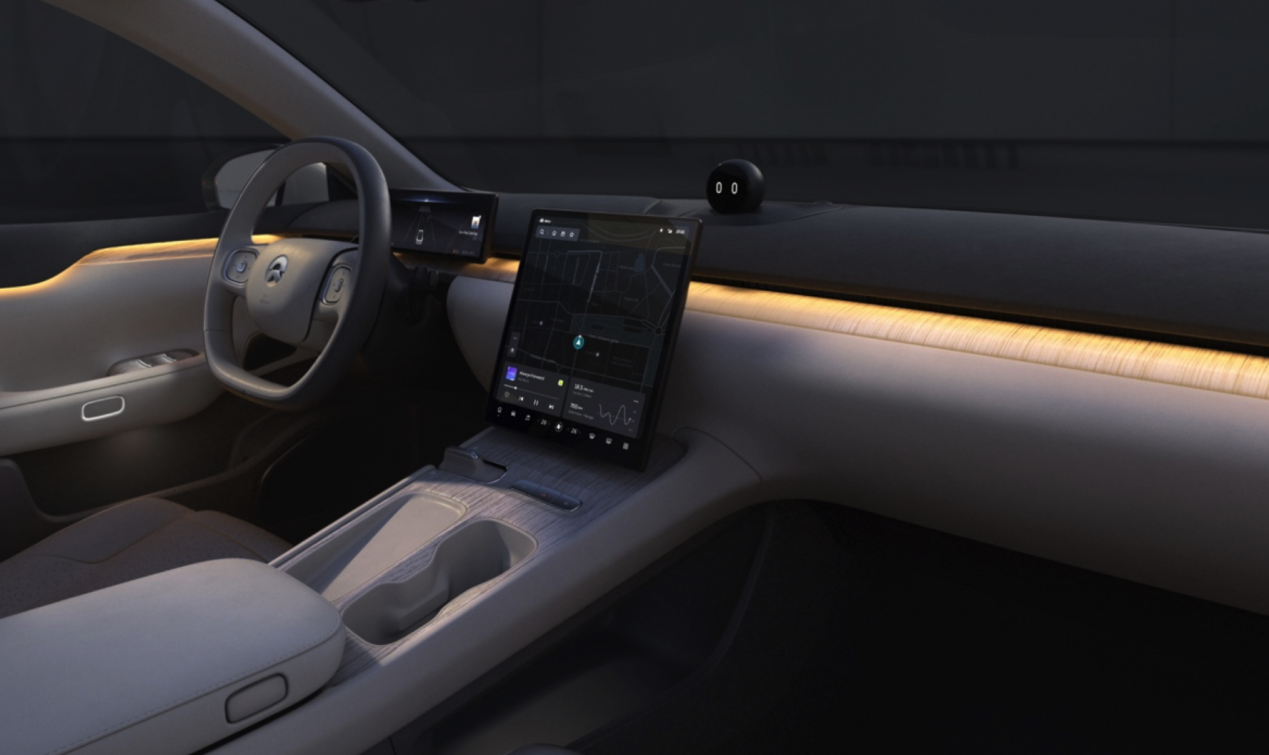
NIO ET7
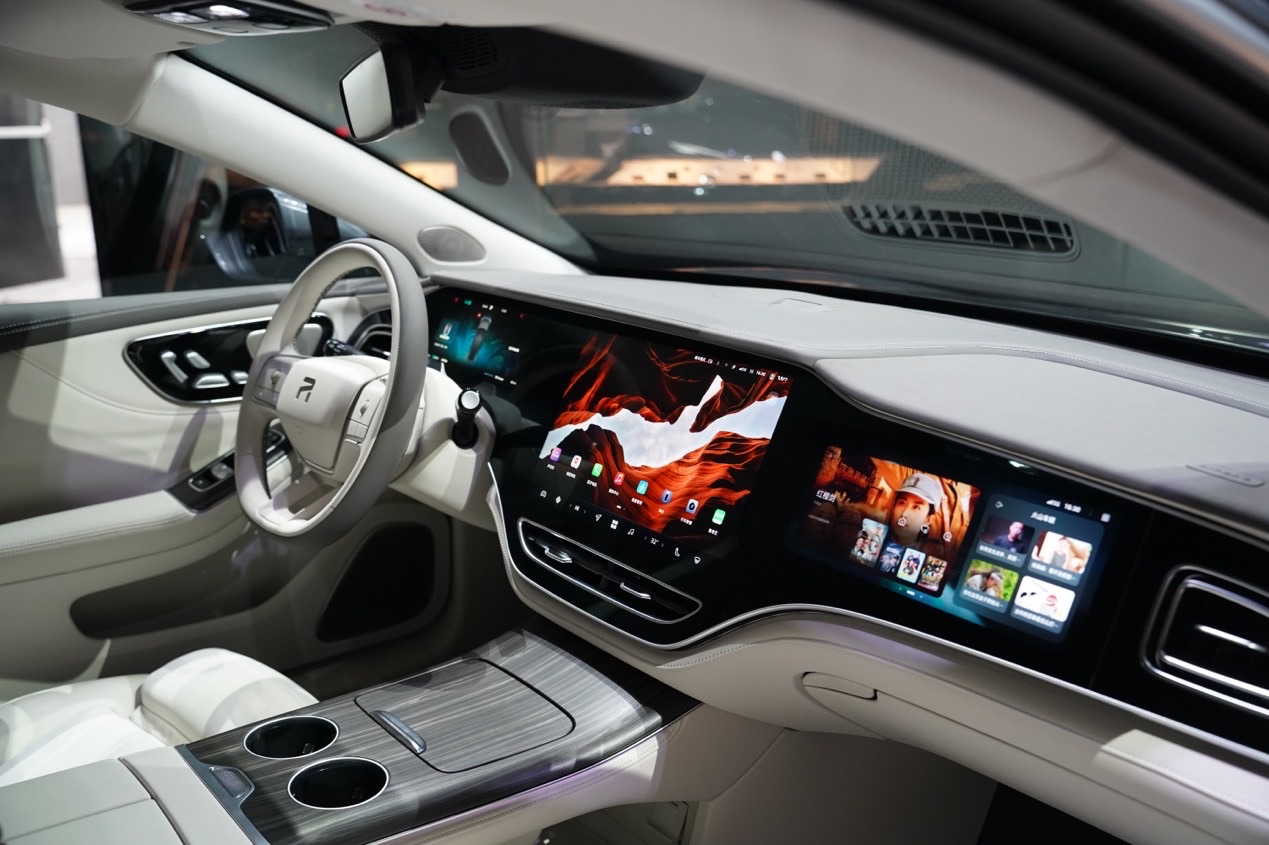
FEIFAN F7
Although the cabin designs of these two cars are both excellent, and their styles are probably acceptable to most people, they each have their own characteristics in some details. However, the ultimate essence of a cabin is “sitting”. If it cannot meet the requirement of “comfortable sitting”, then talking about refrigerators and TVs is all delusional. In this aspect, FEIFAN obviously gets it.
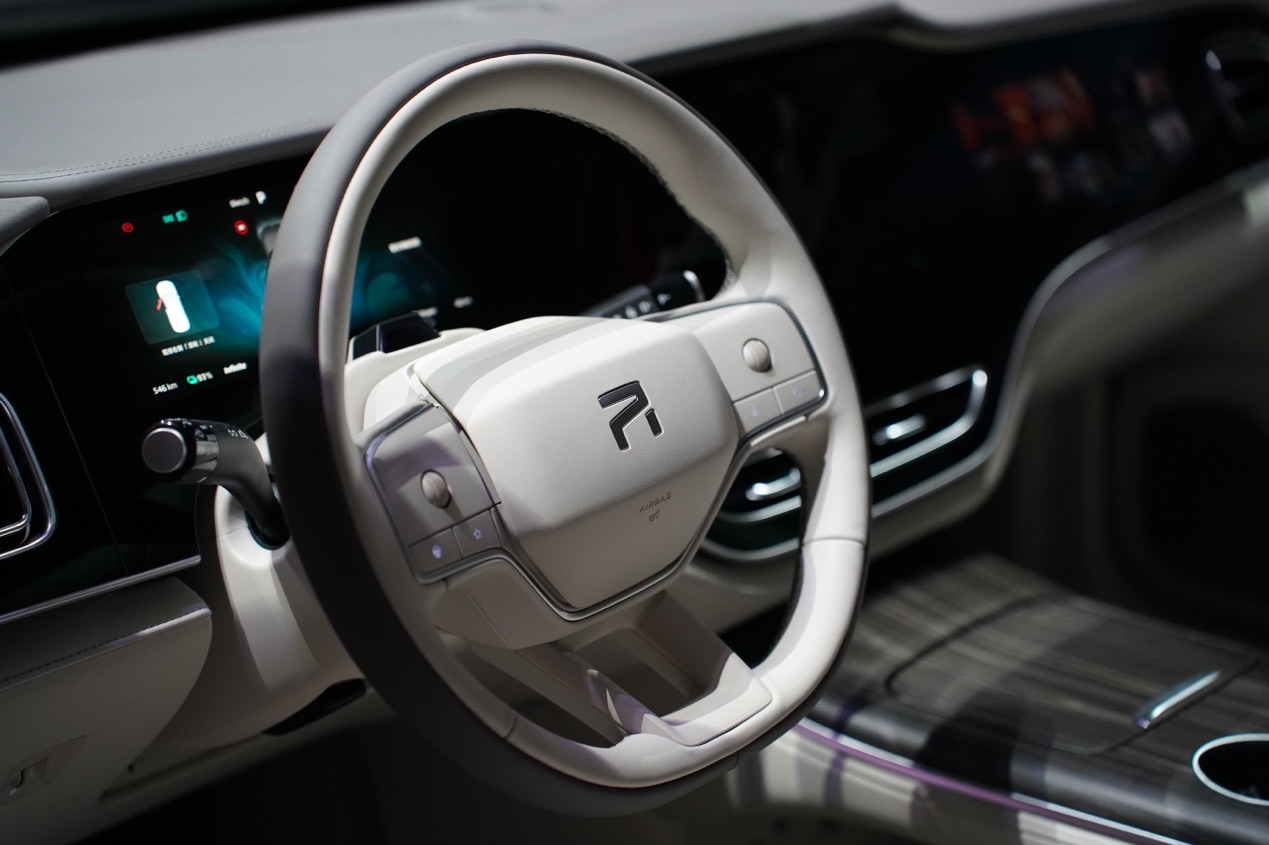
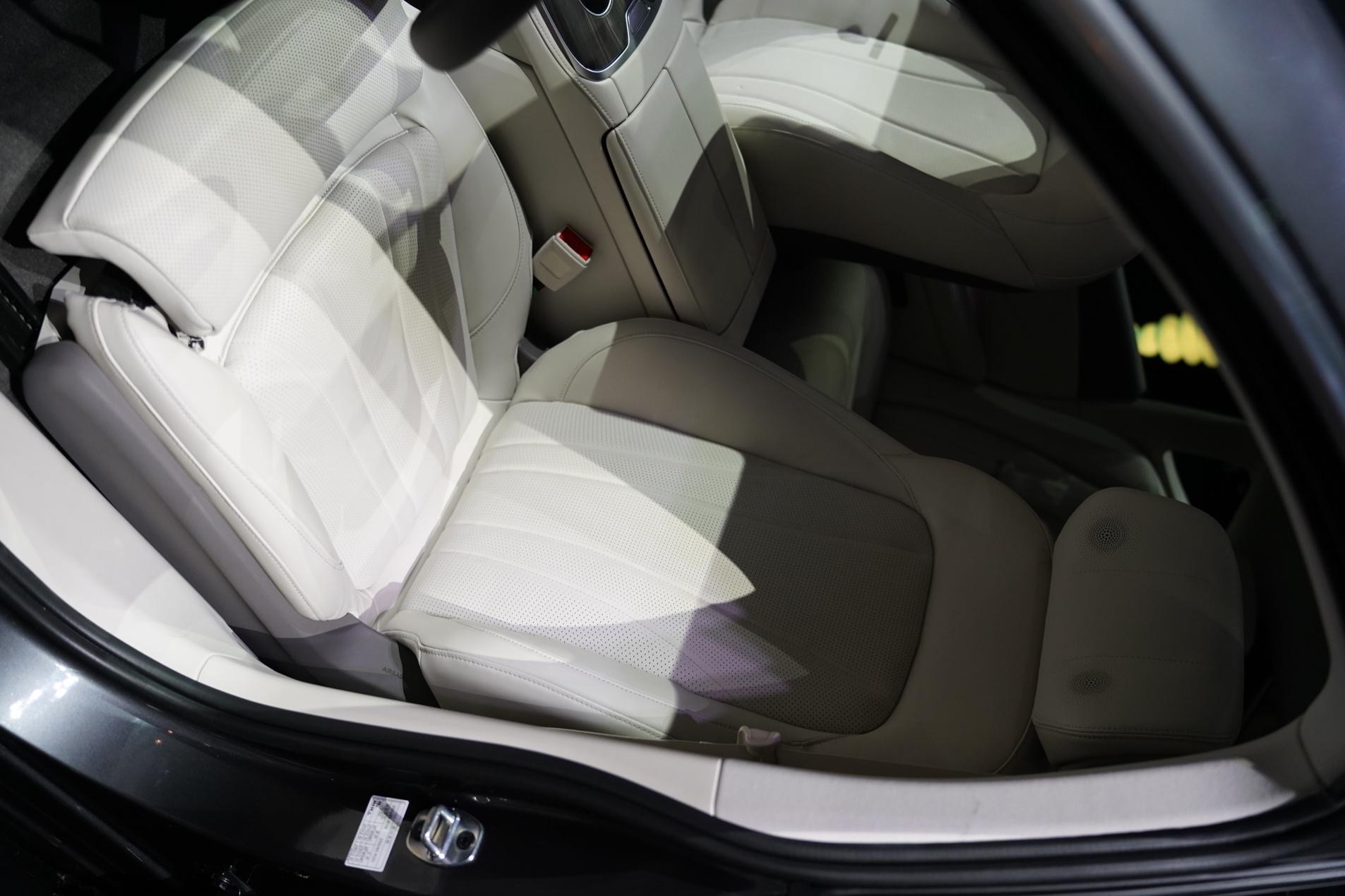
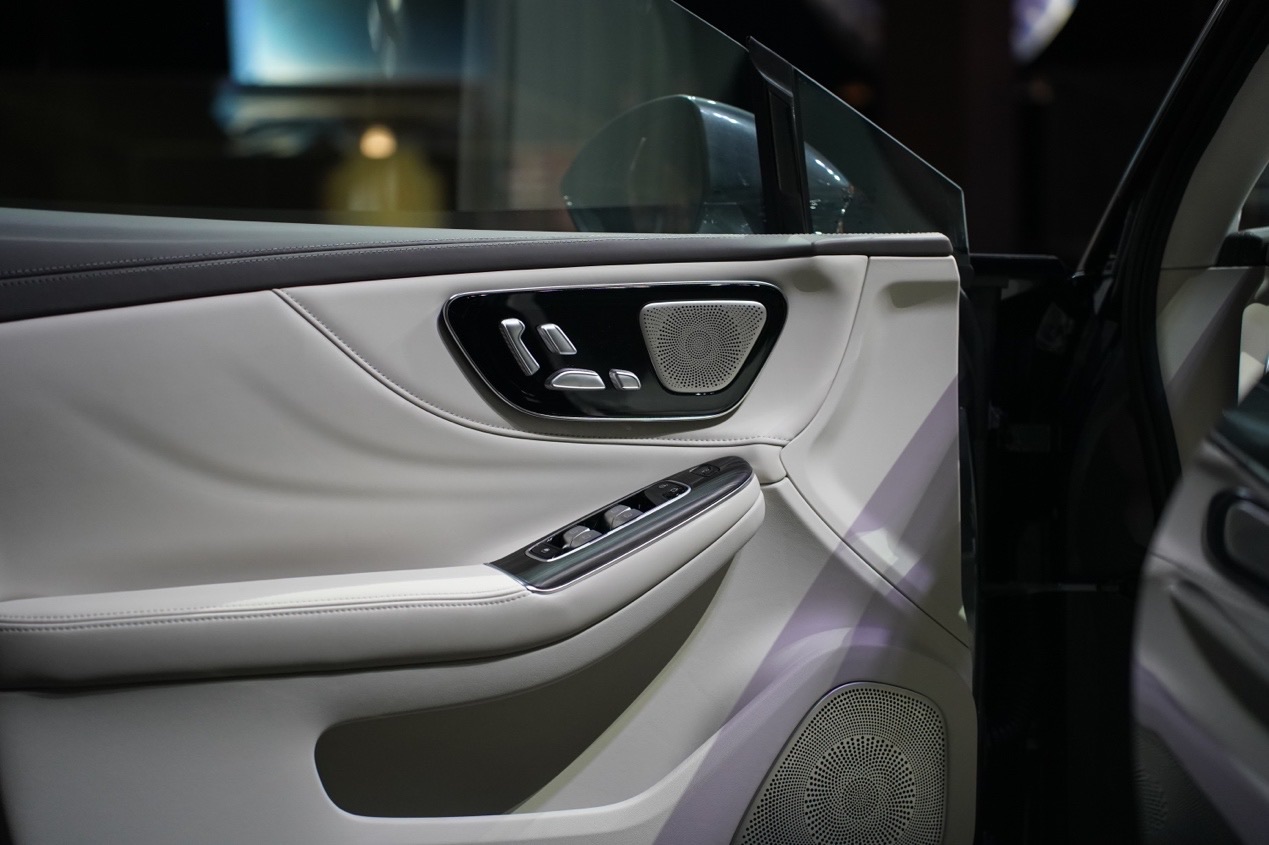
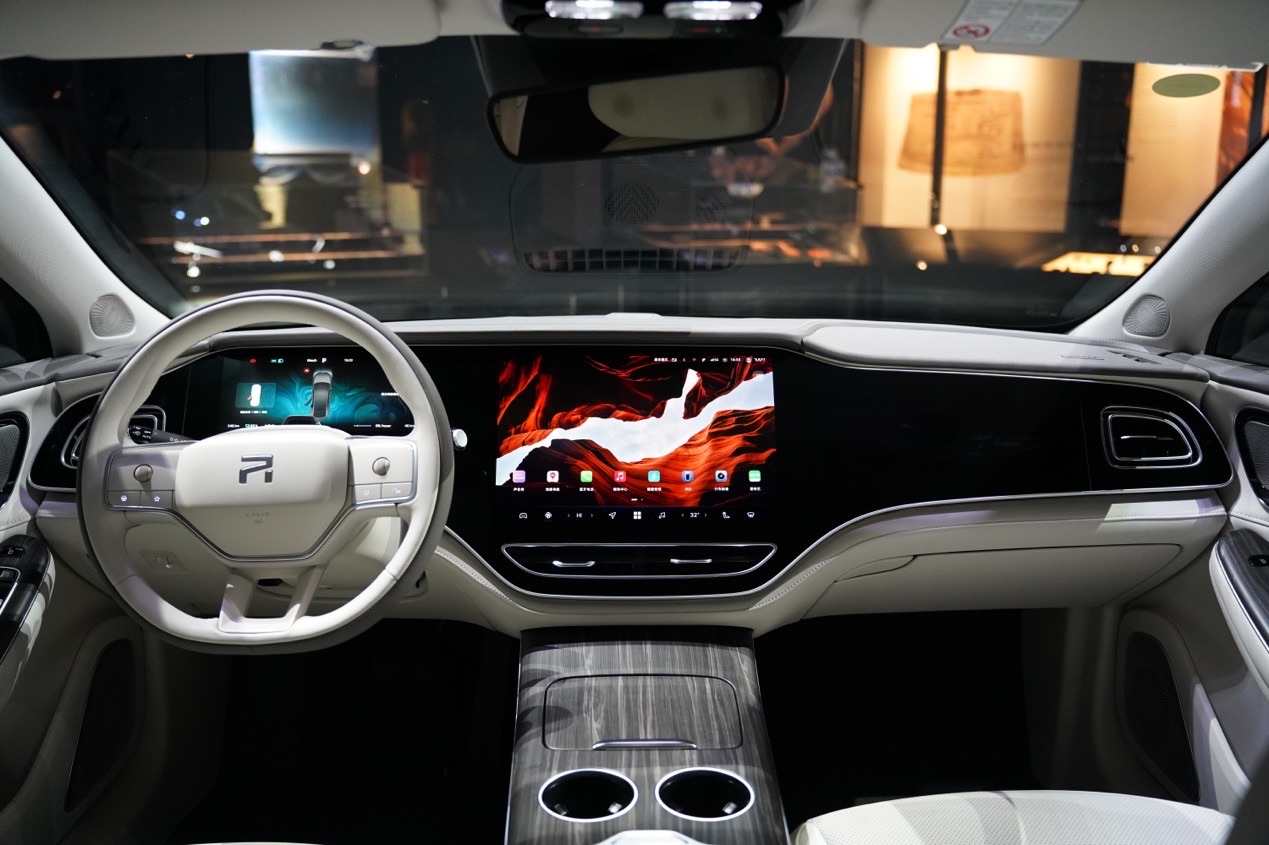
After researching the physical indicators of thousands of Chinese people, engineers of the RisingAuto F7 used the pressure distribution of the body to optimize the curved line of the backrest of the F7 seat. They tried their best to fit the back of the person at the lumbar position. Based on this, they also thickened the soft foam layers of the seat and backrest, and extended the seat cushion. All of this serves one key goal: to make the seat better fit the human body and better support the human body. After experiencing both NIO ET7 and RisingAuto F7 on site, the difference in this feeling is really obvious. Therefore, even if I use more words to describe the parameters, it is not as good as everyone experiencing it personally. Don’t worry, the exhibition car of the F7 will soon arrive at each showroom, which is efficient.
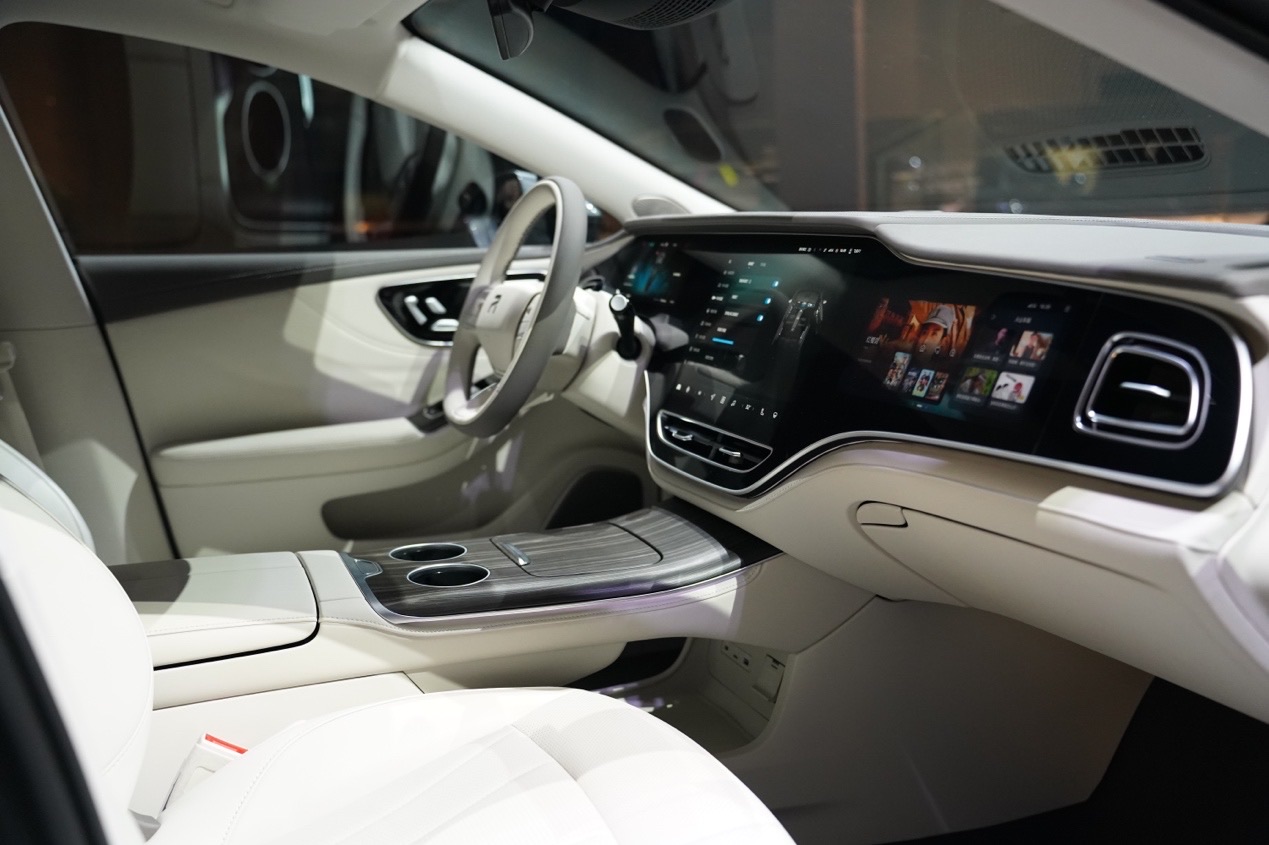
RisingAuto understands that it is not as practical to optimize the seat, which is not on the parameter table, as to create fanciful colors and show off marketing. However, as a car company, it must understand the core of each component and each area design. For example, if designing the appearance, focus on the vehicle body shape, and the potential energy style is indeed pleasing. If designing the chassis, study how to arrange a double wishbone and five-link suspension. If designing the interior, make passengers comfortable, and then consider the car-machine interaction and audio-visual entertainment. These are all additional benefits.
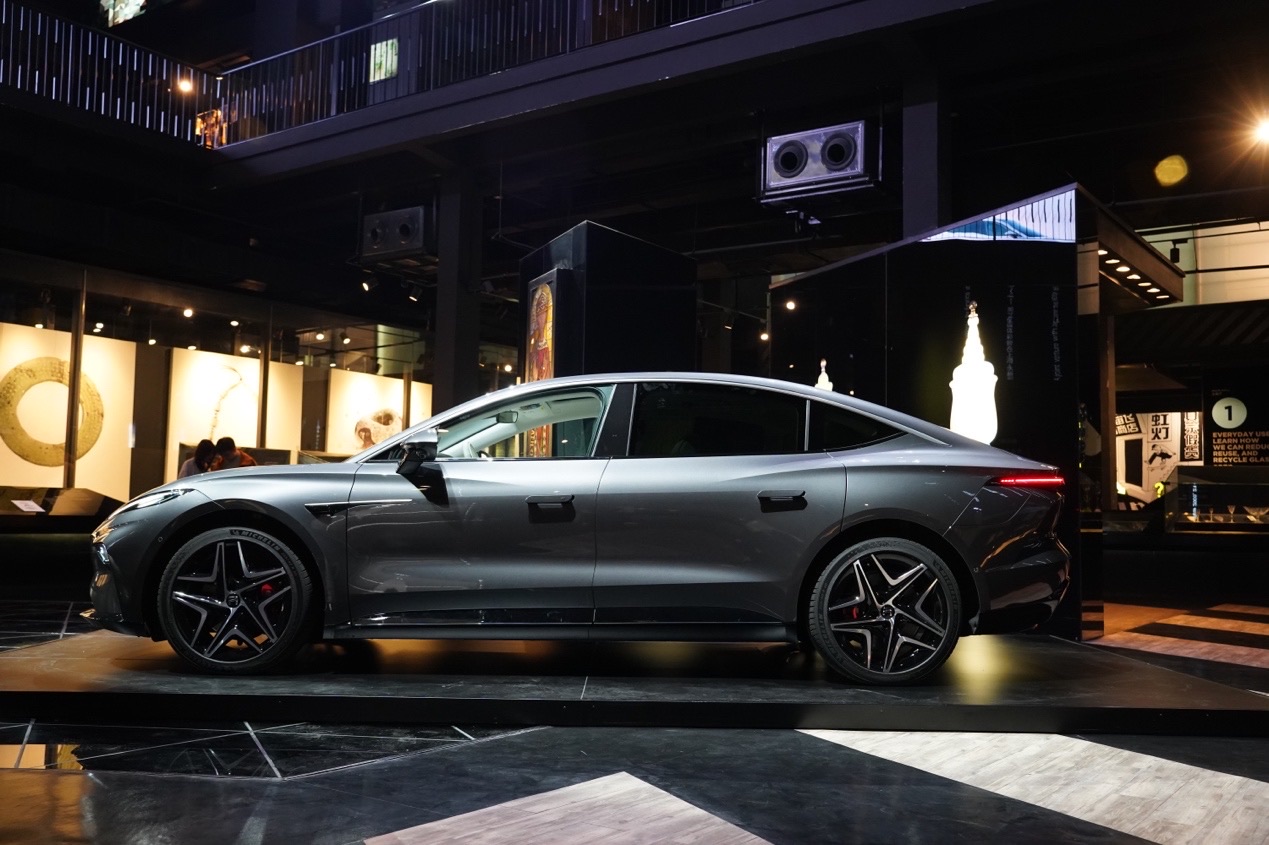

In fact, there is no problem with the aesthetic design of the cabin of the NIO ET7. At least in my opinion, it is like this. However, the seat design experience is not good enough, especially the center sink of the driver’s seat and the backrest angle of the rear seats both need to be optimized.The problem is that although ET7 has its advantages in terms of functionality, such as the front hidden air vent that avoids blowing on people and the comfort mode that improves the poor seating experience slightly, the design of the air vents in Feeyo F7 uses a traditional manual steering operation mode, which I think is better than NIO’s adjustment on the screen, so the two cars have their own strengths and weaknesses in terms of functionality, but Feeyo F7 still wins in terms of “comfortable seating”. These are my views, and you are welcome to leave comments if you have anything to add!
This article is a translation by ChatGPT of a Chinese report from 42HOW. If you have any questions about it, please email bd@42how.com.
